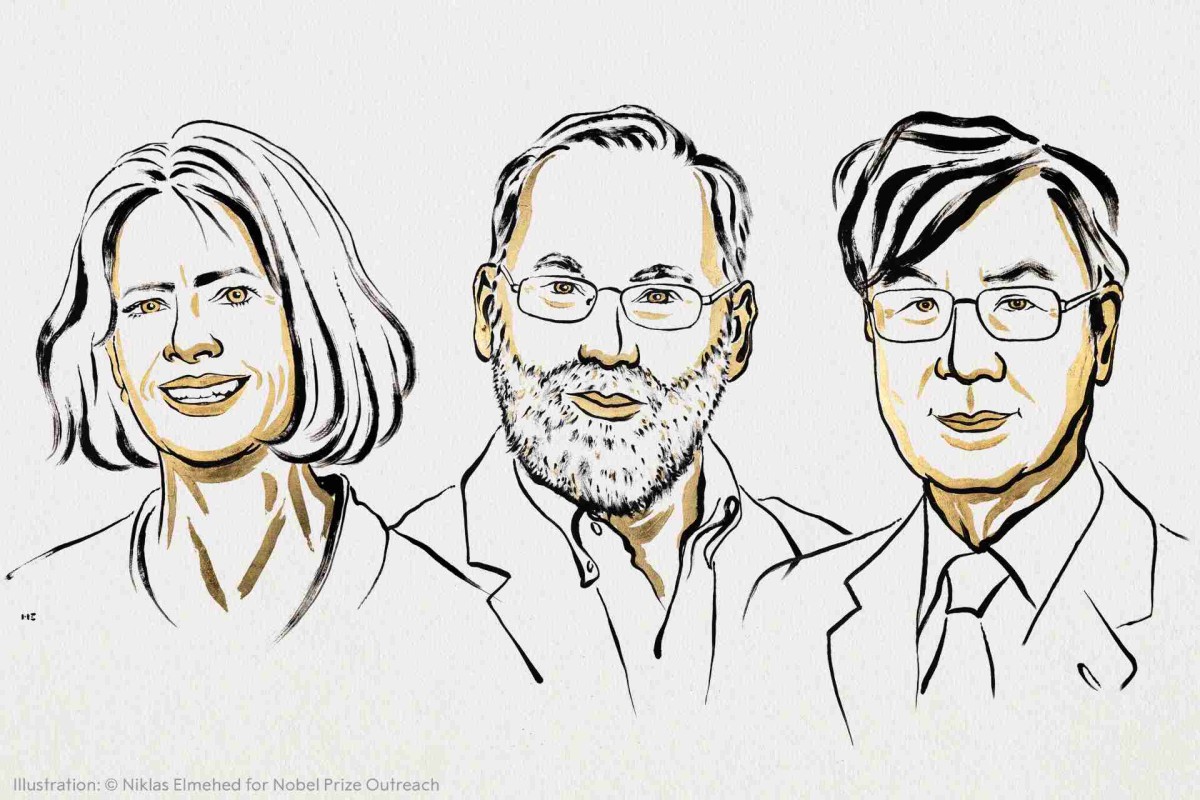The discovery that changed immunology
Three pioneering scientists have been awarded the 2025 Nobel Prize in Physiology or Medicine for uncovering how the body prevents its immune system from turning against itself; a discovery that has transformed modern medicine.
Shimon Sakaguchi of Osaka University in Japan and Mary E. Brunkow and Fred Ramsdell of the United States, identified specialised immune cells known as regulatory T cells (T-regs). These “security guard” cells play a vital role in keeping the immune system balanced, attacking harmful invaders while protecting the body’s own tissues.
Tracy Hussell, director of the Lydia Becker Institute of Immunology and Inflammation at the University of Manchester shared her findings on this discovery with The Conversation news site on the 7th of October 2025. This blog is based on these findings.
The discovery of these scientists has shaped our understanding of autoimmune diseases such as type 1 diabetes, rheumatoid arthritis and multiple sclerosis and continues to guide research into new therapies and treatments. The trio will share the Nobel prize sum of 11 million Swedish Kronor, just over 2 million New Zealand dollars.
The body’s balancing act
The immune system’s job is complex, it must eliminate dangerous viruses, bacteria, and fungi but never mistake the body’s own cells as the enemy. For decades, scientists puzzled over how the immune system made this distinction.
The answer began to emerge in the 1980s and 1990s, when Sakaguchi conducted groundbreaking experiments with mice. His work revealed that a subset of T cells actually suppressed immune responses, preventing autoimmune reactions. In 1995, he published the paper identifying this new class of immune cells as regulatory T cells.
These findings challenged long-held assumptions that the thymus gland alone ensured immune tolerance by removing self-reactive T cells early in life. Instead, Sakaguchi showed that immune regulation continues throughout life via these T-regs, which patrol the body and keep inflammation in check.
From scepticism to breakthrough
Initially, the scientific community was sceptical. But further studies by Brunkow and Ramsdell confirmed the existence and function of regulatory T cells. Their work in the 1990s and early 2000s showed how T-regs produce immune-dampening proteins and deliver anti-inflammatory signals to stop rogue immune cells.
They also discovered FoxP3, a defining protein marker of regulatory T cells. This breakthrough allowed scientists to identify and isolate T-regs, unlocking an entirely new field of research into immune regulation and tolerance.
A legacy beyond autoimmunity
The discoveries by Sakaguchi, Brunkow, and Ramsdell go far beyond understanding autoimmune disease. Their work has provided new tools to control inflammatory disorders, prevent transplant rejection, and improve immune responses in cancer therapies and vaccines.
By revealing that the immune system is not just reactive but actively regulated, these scientists have transformed how medicine approaches disease, paving the way for more targeted, life-saving treatments.
The 2025 Nobel Prize in Medicine recognises this discovery of the immune system’s “security guards” and the role they play in shaping the future of immunology and human health.





